Tolerance similar to that exhibited by tilapia
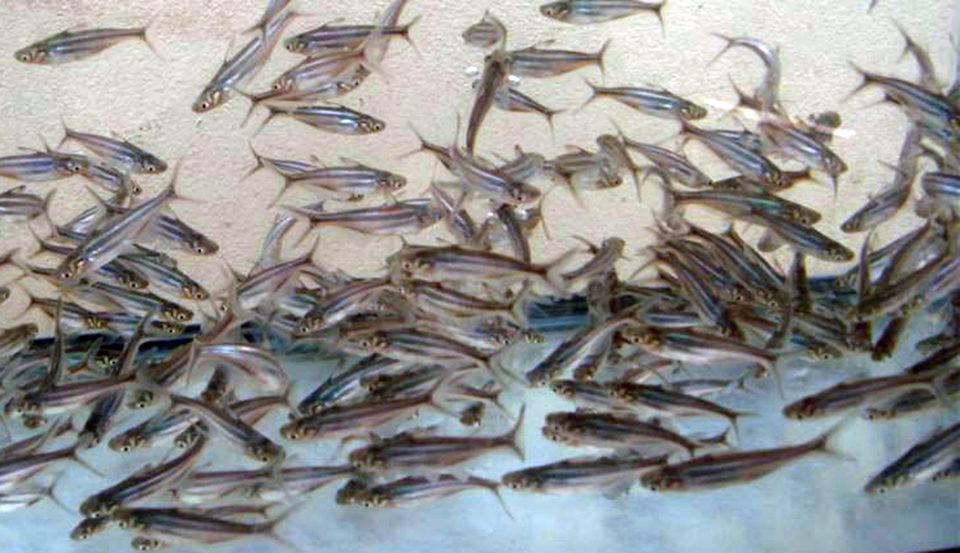
Production of the Asian catfish (Pangasius hypophthalmus) has grown tremendously in Vietnam and is expanding into other tropical Asian countries. The majority of production in Vietnam – in freshwater ponds or river cages – depends on abundant freshwater resources to achieve production levels as high as 300 metric tons per hectare (MT/ha) in ponds or 150 kg per cubic meter in cages.
Interest in developing pangasius aquaculture in tropical regions of the Western Hemisphere is growing as exports of the product increasingly impact global markets. The development of production techniques suitable for these regions requires additional knowledge of the species’ tolerance to the water quality parameters that exist in these new environments. Of particular interest is the tolerance of pangasius to salinity.
Some shrimp farmers in the Western Hemisphere have introduced tilapia culture or polyculture with shrimp as an alternative to shrimp-only production. The ability to culture pangasius in the low-salinity waters typical of coastal shrimp ponds in tidal zones would permit shrimp farmers to culture an additional species of economic importance and aid in diversifying the commercial aquaculture production of these areas.
Pangasius study
In a study, the authors sought to determine the effects of salinity tolerance on the survival and growth of 40-day-old pangasius juveniles of 1.1 grams mean weight. Juveniles obtained from Caribe Fisheries Inc. in Puerto Rico were stocked in indoor plastic tanks with 50 L of freshwater at 9 fish/tank and acclimated during 10 days to the experimental conditions: 28.5 degrees-C mean water temperature, 7.5 pH and dissolved-oxygen concentration above 5 ppm.
At 9 a.m. and 3 p.m. daily, the pangasius received a commercial extruded feed containing 35 percent crude protein, 8 percent fat and 3 percent fiber. Three replicates per treatment were used. The tanks were cleaned once daily by siphoning out excess feed and feces. They received a constant 12 hours of light and 12 hours of darkness. Water ammonia, nitrites and nitrates were maintained within the appropriate range for tilapia during the experiment. Batch water exchange was performed when needed.
The fish were exposed to progressively increasing salinities by dissolving the appropriate amount of salt crystals obtained from evaporated seawater into each tank. The salinity was increased by 1 ppt every 24 hours until each treatment reached salinities of 3, 5, 7, 9, 11 and 13 ppt for a total of 27 days. After these 27 days, salinities were again increased by 1 ppt every 24 hours until the treatments at 5, 7, 9 and 11 ppt reached terminal salinities of 18, 20, 22 and 24 ppt, respectively. The remaining treatments were maintained at 3 and 13 ppt.
The fish actively swam in the water column, and survival was 100 percent in all tanks after 63 days at 3 ppt, 51 days at 13 ppt, and 22 days at 18 and 20 ppt. However, 80 percent of the fish died after three days at 24 ppt, and 60 percent died after nine days at 22 ppt (Fig. 1).
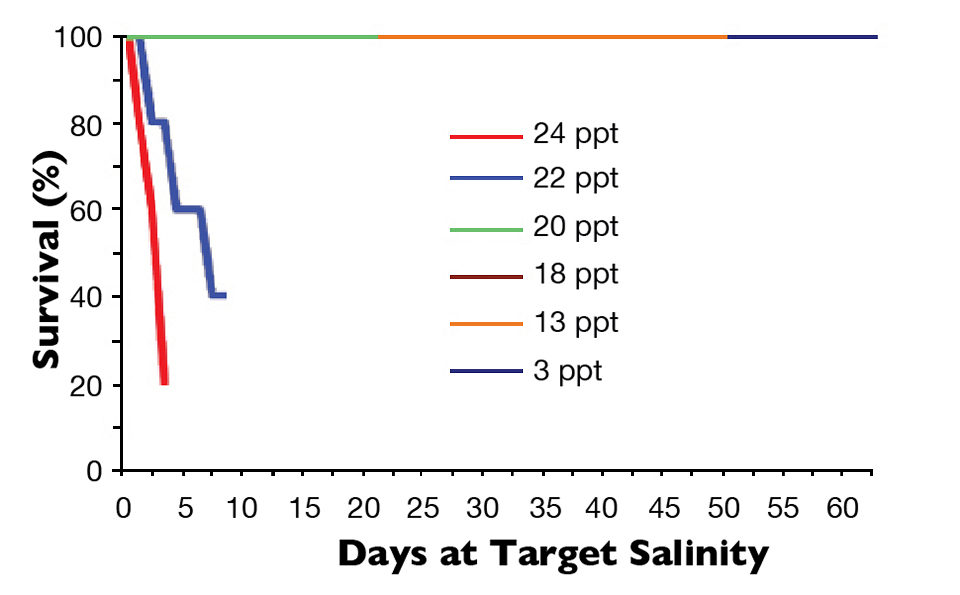
The mean final weight of the fish was similar and not significantly different between 3 and 13 ppt, but tended to decrease at 18 and 20 ppt. Mean final weights at 20 ppt were significantly lower than at 3 and 13 ppt (Table 1).
Boyd, Mean final weight of Pangasius, Table 1
| Salinity (ppt) | Initial Weight (g) | Final Weight (g) |
|---|
Salinity (ppt) | Initial Weight (g) | Final Weight (g) |
|---|---|---|
| 3 | 1.1 | 5.7a |
| 13 | 1.1 | 5.6a |
| 18 | 1.1 | 5.1ab |
| 20 | 1.1 | 4.6b |
Results
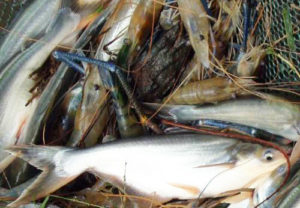
These results suggested that Asian catfish can be cultured in water with up to 13 ppt salinity and survive excursions up to 20 ppt for at least 22 days. Growth of the fish was negatively affected at salinities above 13 ppt. This tolerance is similar to that exhibited by tilapia, which are currently used as an alternative or polyculture species in shrimp ponds.
Research at Caribe Fisheries in Puerto Rico has determined that pangasius can be successfully polycultured with Macrobrachium freshwater shrimp and are not predaceous on the shrimp during growout to harvest size.
Since pangasius do not reproduce naturally in pond environments, they do not require sex reversal or stocking of all males, as tilapia do. In addition, pangasius are capable of breathing air and do not depend on dissolved oxygen in water. Therefore, their production does not directly add additional oxygen demand to the pond environment. This reduces the need for aeration and lowers production costs despite achieving high production levels.
(Editor’s Note: This article was originally published in the March/April 2010 print edition of the Global Aquaculture Advocate.)
Authors
-
Raquel Castañeda
Universidad Metropolitana
Science and Technology Department
San Juan, Puerto Rico, USA -
Ruby Montoya-Ospina, Ph.D.
Universidad Metropolitana
Science and Technology Department
San Juan, Puerto Rico, USA -
Michael McGee, Ph.D.
Caribe Fisheries Inc.
Lajas, Puerto Rico, USA -
Related Posts
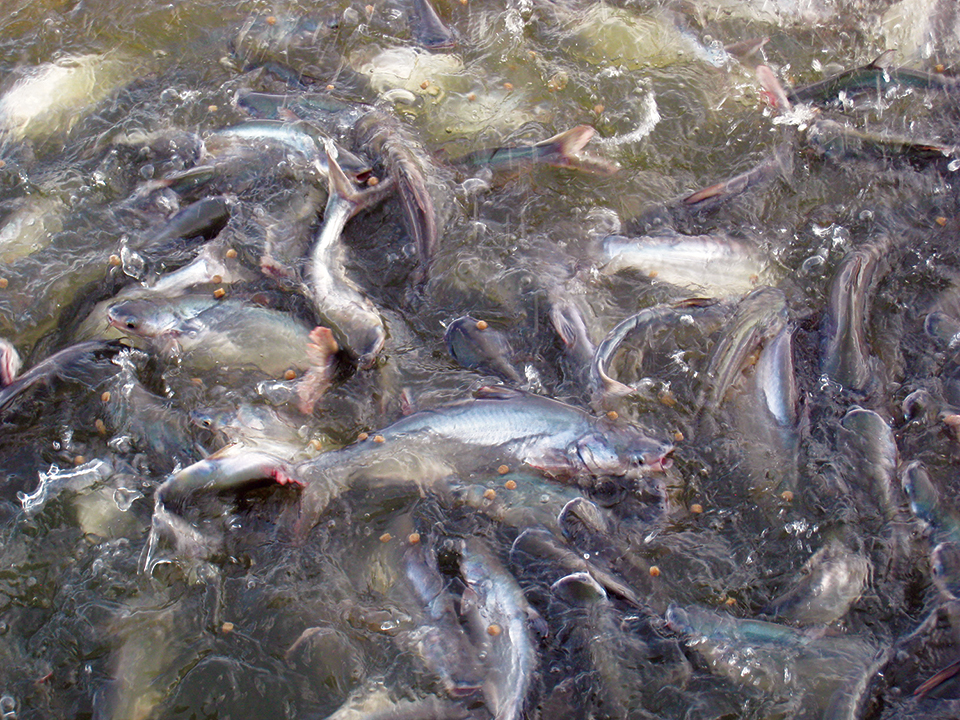
Health & Welfare
Amino acid supplementation reduces protein levels in pangasius diets
Trials show that supplementation with amino acids could reduce protein levels from a typical 28 percent to 23 percent in pangasius diets.
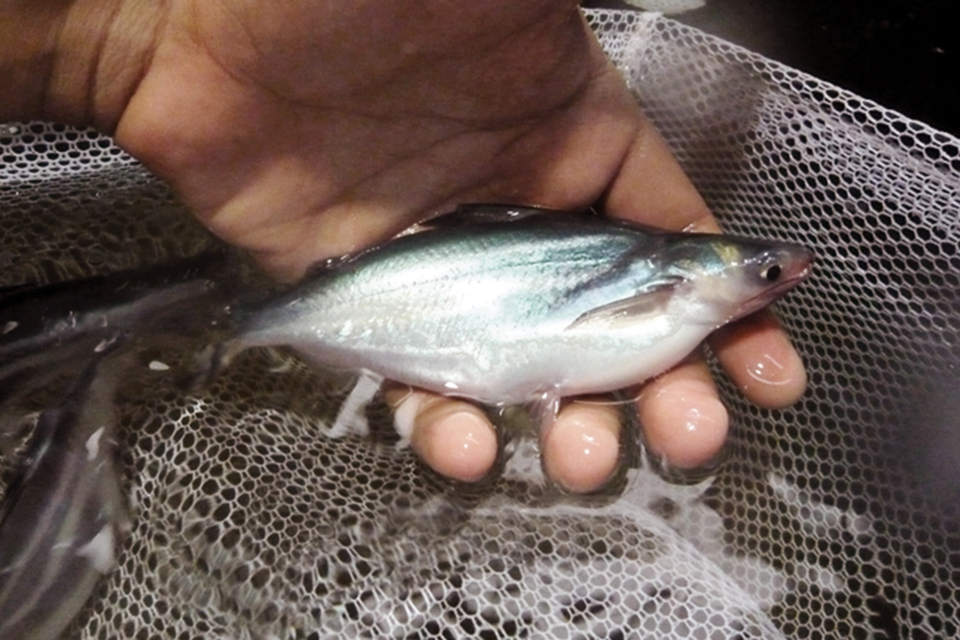
Health & Welfare
Dietary acidifier potassium diformate improves growth, survival in pangasius
As examined in various studies, potassium diformate can improve the growth and health status of pangasius when the dietary acidifier is included in feed.

Aquafeeds
A look at phospholipids in aquafeeds
Phospholipids are the major constituents of cell membranes and are vital to the normal function of every cell and organ. The inclusion of phospholipids in aquafeeds ensures increased growth, better survival and stress resistance, and prevention of skeletal deformities of larval and juvenile stages of fish and shellfish species.
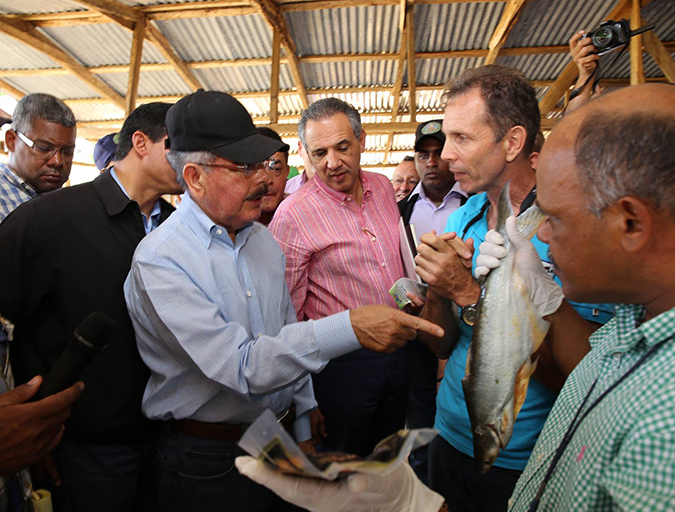
Innovation & Investment
Caribbean producer aims to make a name for sutchi
Pangasius farmed in the Dominican Republic? True story. Value Aquaculture, with partners hailing from Germany and Chile, is trying to get U.S. buyers to take a fresh look at the Mekong catfish species.


